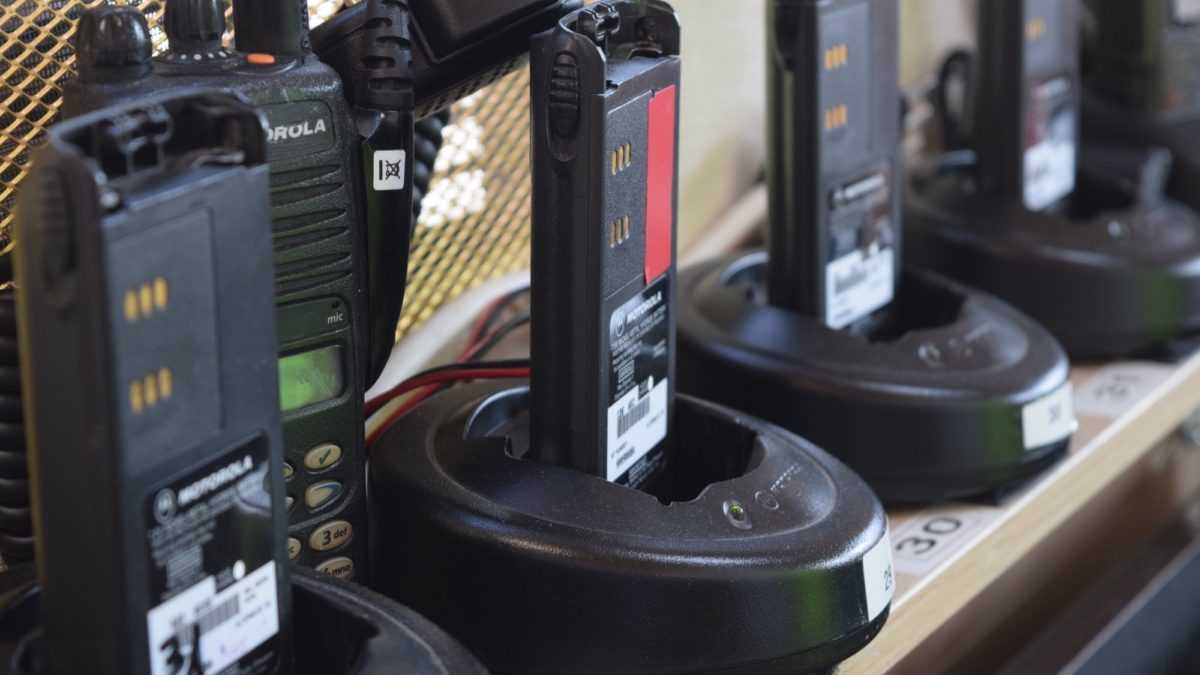Although 77% of Americans have smartphones, those smartphones are still limited by service coverage. Your smartphone often won’t work when remote and away from cell phone towers. Walkie talkies can help you stay in touch in these dead zones.
Walkie talkies are great for more than just camping trips. Walkie talkies can provide a quick way for employees to stay in contact on the job without wasting time tracking someone down.
To get the most out of your walkie talkies, you have to communicate with them effectively. Read on to learn about different walkie talkie call signs and how to incorporate them into your walkie talkie use.
Table of Contents
ToggleWhy Use Walkie Talkie Lingo?
Walkie talkies don’t have the same audio quality as your smartphone. As a result, it is easy for words to get lost in static or misunderstood. Walkie talkie lingo makes transmissions short and to the point, so both parties get the message.
Walkie talkie codes can also help when you need to say something in front of a customer without them understanding. As a result, your team can work more effectively.
Basic Walkie Talkie Call Signs
Walkie talkie lingo varies depending on the industry. For example, pilots will have different walkie talkie codes than firefighters. Your company can also have its own walkie talkie language by creating codes for specific needs or situations.
There are some standard walkie talkie codes and well-known phrases to get you started. Walkie talkie users need to know the protocol for starting a conversation, some simple shortcuts, and how to end a conversation.
To begin a conversation, walkie talkie users should start with “Come in” and the name of who they are calling. The general response can be “Go ahead” or “Go for” and their name. Once you know they are listening, you can give your message.
In conversation, you can use some of the following to get ideas across quickly.
- Affirmative (Yes)
- Negative (No)
- Copy/Roger (I understand)
- Go Again (Repeat that)
- Stand By (I’m busy but will get back to you)
- Disregard (Ignore the last message)
If you are having difficulties getting a response and want to check if someone heard ask, “Do you copy?” or say mic check to make sure your walkie talkie is working. The reply to this is “loud and clear.”
Finally, walkie talkie transmission end with one of two phrases, over or out. “Over” means you are done talking and are waiting for a reply. “Out” lets someone know the conversation is finished.
What Is a 10 Code?
Walkie talkie 10 codes were created in 1937 by Illinois police officers to speed up their communication. 10 codes each start with the number 10 and then have a second number that indicates the message.
10 codes are a very effective way to shorten walkie talkie conversations and convey messages quickly. Although different industries and departments can have different 10 codes, some common ones include:
- 10-4 (Message received)
- 10-6 (Stand By)
- 10-9 (Repeat Message)
- 10-10 (End Transmission)
- 10-20 (Location)
How to Make Walkie Talkie Communications Clear
The most important thing to keep in mind when using walkie talkies is to speak slowly and clearly. Speaking clearly makes it easier for others to receive your message.
Be sure that everyone knows the correct walkie talkie lingo to ensure conversations are understood. You’ll also want to ensure every walkie talkie is on the right frequency.
Finally, be thorough when choosing your walkie talkies. Ensure they have the range, sound clarity, and features necessary for your situation. Click the following page to learn more.
Get the Most Out of Your Walkie Talkies
Walkie talkie call signs are a great tool to make your messages easier to understand. They can help you work and communicate more efficiently, especially when cell phones aren’t an option. There are great preexisting walkie talkie languages to use that you can use in your conversations today.
Did you find this article helpful? Check out more articles like this one on our website.
Categories
Recent Posts
Advertisement


